
Last fall, the artist and musician Holly Herndon visited Torreciudad, a shrine to the Virgin Mary associated with the controversial Catholic group Opus Dei, in Aragón, Spain. The sanctuary, built in the nineteen-seventies, sits on a cliff overlooking an inviting blue reservoir, in a remote area just south of the Pyrenees. Herndon and her husband, Mathew Dryhurst, had been on a short vacation in the mountains nearby. They were particularly taken with an exhibit of Virgin Mary iconography from around the world: a faceless, abstract stone carving from Cameroon; a pale, blue-eyed statuette from Ecuador; a Black Mary from Senegal, dressed in an ornate gown of blue and gold. Moving from artwork to artwork, the couple discussed Mary’s “embedding.” In machine learning, embeddings distill data down to concepts. They are what enable generative A.I. systems to process prompts such as “Cubist painting of a tabby cat, wearing a hot-dog costume and eating a hot dog” or “country application, as a sestina.” At Torreciudad, the sculptures and paintings on display all had aesthetic and material differences, yet there was something consistent—ineffable but essential—that made the artworks legible depictions of the same figure.
Denne historien er fra November 20, 2023-utgaven av The New Yorker.
Start din 7-dagers gratis prøveperiode på Magzter GOLD for å få tilgang til tusenvis av utvalgte premiumhistorier og 9000+ magasiner og aviser.
Allerede abonnent ? Logg på
Denne historien er fra November 20, 2023-utgaven av The New Yorker.
Start din 7-dagers gratis prøveperiode på Magzter GOLD for å få tilgang til tusenvis av utvalgte premiumhistorier og 9000+ magasiner og aviser.
Allerede abonnent? Logg på
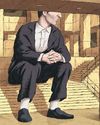
ART OF STONE
\"The Brutalist.\"

MOMMA MIA
Audra McDonald triumphs in \"Gypsy\" on Broadway.

INTERNATIONAL AFFAIRS
\"Black Doves,\" on Netflix.
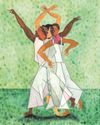
NATURE STUDIES
Kyle Abraham's “Dear Lord, Make Me Beautiful.”
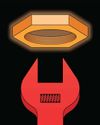
WHAT GOOD IS MORALITY?
Ask not just where it came from but what it does for us
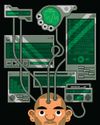
THE SPOTIFY SYNDROME
What is the world's largest music-streaming platform really costing us?
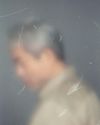
THE LEPER - LEE CHANGDONG
. . . to survive, to hang on, waiting for the new world to dawn, what can you do but become a leper nobody in the world would deign to touch? - From \"Windy Evening,\" by Kim Seong-dong.
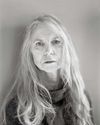
YOU WON'T GET FREE OF IT
Alice Munro's partner sexually abused her daughter. The harm ran through the work and the family.
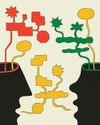
TALK SENSE
How much sway does our language have over our thinking?

TO THE DETECTIVE INVESTIGATING MY MURDER
Dear Detective, I'm not dead, but a lot of people can't stand me. What I mean is that breathing is not an activity they want me to keep doing. What I mean is, they want to knock me off. My days are numbered.